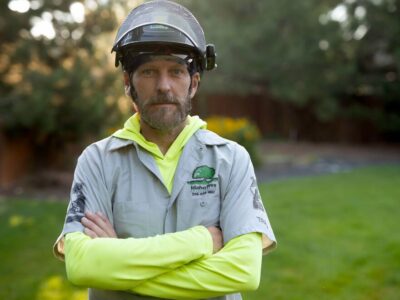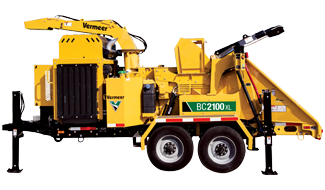“To me, safety and arboriculture just go hand in hand, period. End of story. There’s just no other way to do it,” stated Ezekiel T. Willard, ISA Board Certified Master Arborist and owner of Idaho Tree Preservation, LLC. In an industry where professionals work at heights with powerful equipment, this philosophy isn’t just good business—it’s a moral imperative.
As we observe National Safety Month this June, tree care professionals nationwide are reminded of the critical importance of prioritizing tree care safety. For Idaho Tree Preservation, based in Boise, Idaho, safety isn’t a seasonal consideration but the foundation of their entire operation.
Setting the standard in safety culture
“There is a fair amount of inherent risk to working aloft with gas-powered cutting tools and removing large sections of tree on rope,” explained Willard. “As owners and managers, we have a moral and ethical obligation to our team to provide a safe working environment.”
This commitment to safety has helped Idaho Tree Preservation establish itself as one of the leading tree care companies in the region. Specializing in the “Art and Science of Modern Arboriculture,” they offer comprehensive services while maintaining an impeccable safety record.
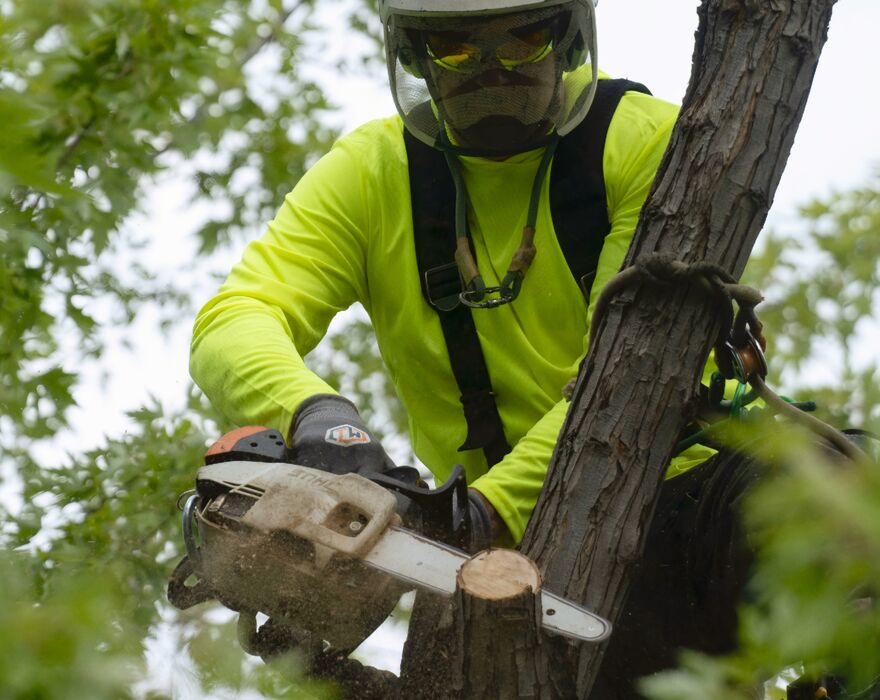
Building from the ground up
Chase Anderson, safety manager and trainer for Idaho Tree Preservation, understands that safety culture starts with personal accountability. “For me, safety is about my family. I want to stay healthy and come home to them every day.”
This personal motivation translates into structured safety protocols:
- Regular quarterly safety trainings
- Frequent tailgate safety meetings to address industry issues
- Team-led group discussions that maintain mental awareness
- Clear emergency response protocols established before beginning work
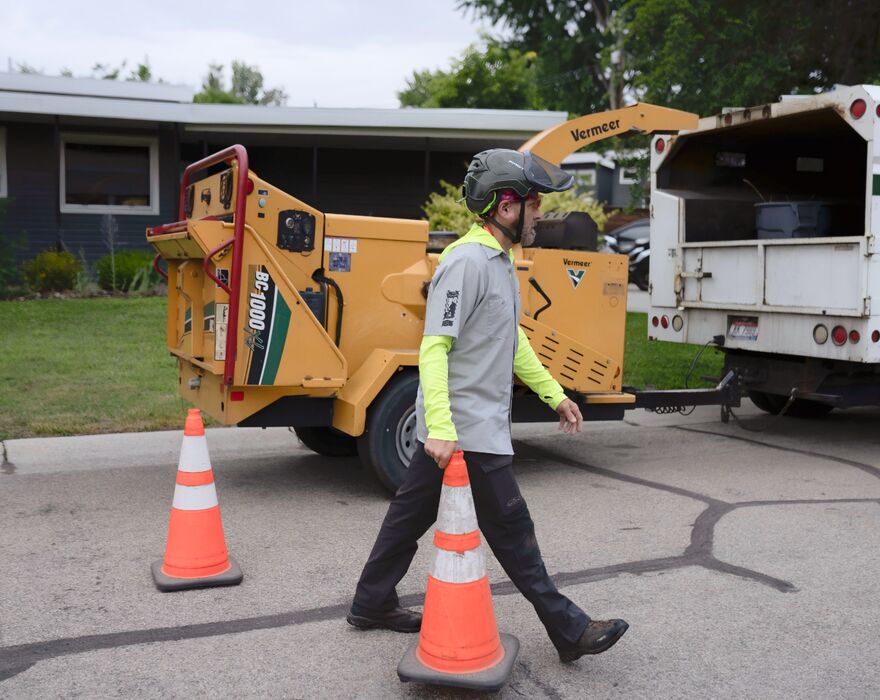
“At the end of the day, the goal is to go home,” Anderson emphasized. “Families rely on their loved ones to make it back and sit at the dinner table with them at the end of the day.”
Beyond the bare minimum
For the Idaho Tree Preservation team, safety protocols exceed industry standards. Their comprehensive approach includes:
- Detailed job briefings — According to Ian Taylor, lead ground support, each job begins with a thorough safety briefing identifying emergency contacts, equipment locations and team member responsibilities. “Before we start, we review emergency protocols and make sure everyone knows their role if something goes wrong,” explained Taylor.
- Proactive near-miss reporting — “Just because no one actually got hurt doesn’t mean it’s not an accident,” said Willard. “We still have to debrief that and break it down and decide how did we arrive there? What happened to get us to that point?”
- Comprehensive arborist safety equipment — The team prioritizes personal protective equipment, including helmets, eye protection and chainsaw-resistant gear, addressing what Willard calls the “terrible excuses” some in the industry give for skipping these critical safety measures.
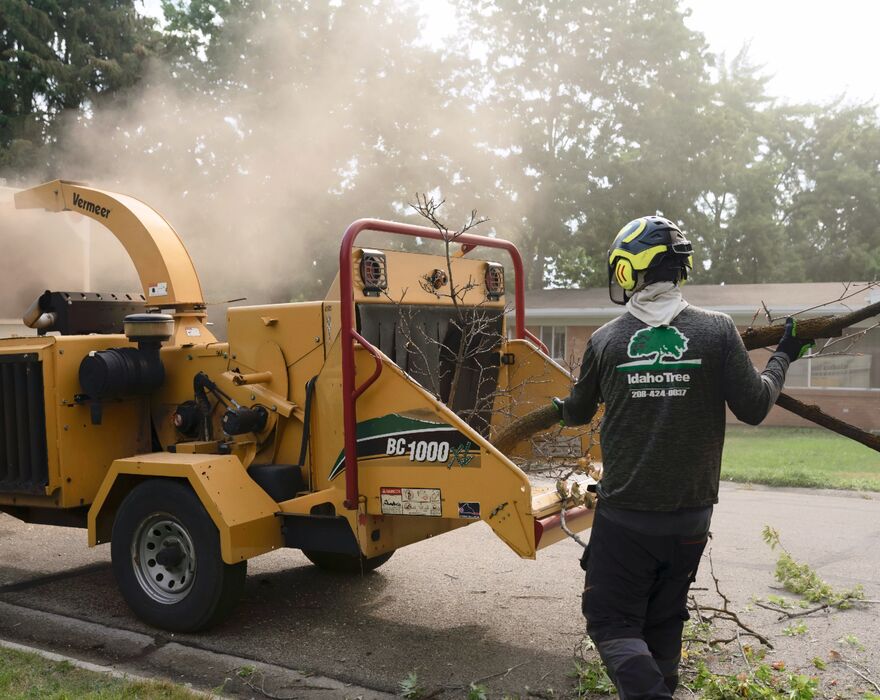
Equipment for safety and efficiency
Quality equipment plays a vital role in the company’s safety program. “You get what you pay for is a saying because it’s true,” noted Willard when discussing their reliable Vermeer BC1000XL chipper.
Key safety features in their equipment include:
- Vermeer standard bottom feed stop bar, strategically positioned at the front of the feed table to shut off the feed mechanism if an operator comes in contact with it, with adjustable sensitivity settings to prevent unintentional triggering while maintaining safety protection
- SmartFeed feed-sensing control that optimizes hardwood processing while monitoring engine rpm and automatically stops when needed
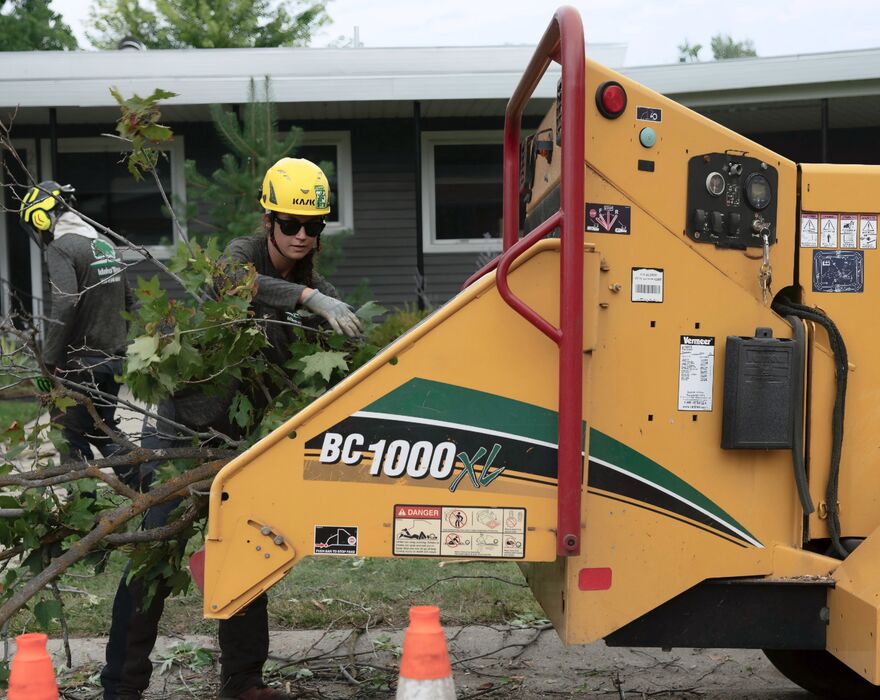
The industry challenge
Statistics show that arboriculture remains one of the most dangerous professions. “There are lives lost that do work in this industry every year,” Anderson stated. “We don’t want to become a statistic.”
Willard shares this commitment to industry-wide improvement: “My hope is that we can make this industry truly safe and eliminate instances of injury and fatality.”
This aspiration drives Idaho Tree Preservation’s willingness to share their safety practices with others. By modeling excellence in safety protocols and equipment selection, they aim to establish proper safety standards across the profession.
Partnership that supports safety
Idaho Tree Preservation’s relationship with Vermeer Mountain West has reinforced their safety focus. “We’ve been working with Vermeer equipment for probably 15 to 18 years,” noted Willard. “That was the first real chipper I bought was the Vermeer. So it’s been a great long-term relationship.”
Chase Anderson added, “Vermeer Mountain West helped us out a lot with our personal trainings that we put on, whether it’s involved with a Parks and Recreation department in Meridian or with Boise.”
Investment that pays dividends
The investment in safety — through training, equipment and culture-building — yields measurable benefits:
- Helping to reduce workplace injuries and associated costs
- Improved team morale and retention
- Enhanced reputation with clients who value professional standards
- Peace of mind for leadership
“I think about the safety of my team all the time,” Willard stated. “I care about them, and that’s the foundational reason I try so hard to keep them well-trained and following safety protocols at all times.”
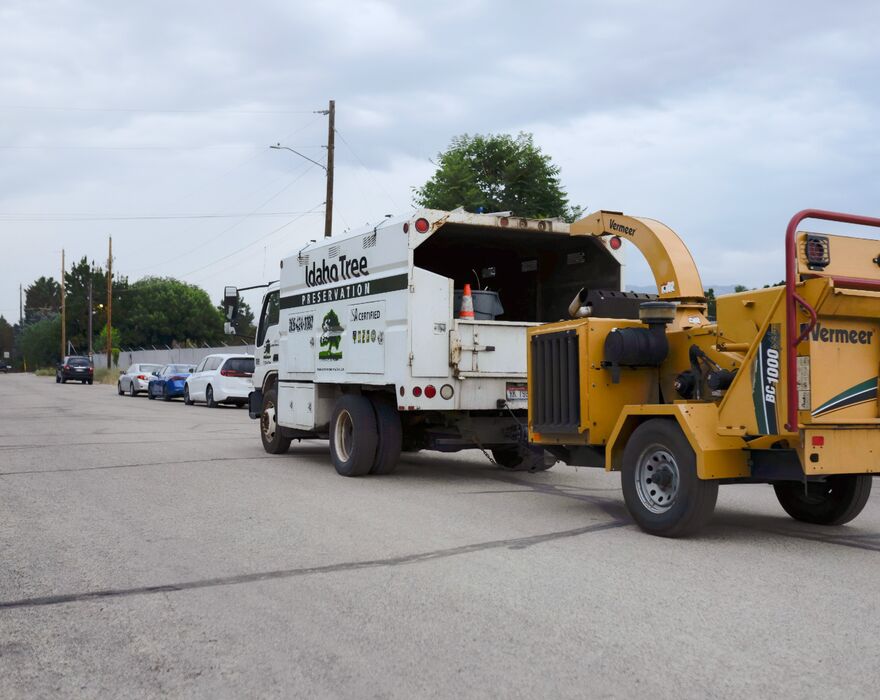
For more information about creating a safety-first culture in your tree care operation, contact your local Vermeer dealer to learn about tree care safety training and arborist safety equipment that can help protect your team.
This article contains third-party observations, advice or experiences that do not necessarily reflect the opinions of Vermeer Corporation, its affiliates or its dealers. Testimonials and/or endorsements by contractors in specific circumstances may not be representative of normal circumstances experienced by all customers.
Vermeer Corporation reserves the right to make changes in engineering, design and specifications; add improvements; or discontinue manufacturing at any time without notice or obligation. Equipment shown is for illustrative purposes only and may display optional accessories or components specific to their global region. Please contact your local Vermeer dealer for more information on machine specifications. Vermeer and the Vermeer logo are trademarks of Vermeer Manufacturing Company in the U.S. and/or other countries.
© 2025 Vermeer Corporation. All Rights Reserved.
